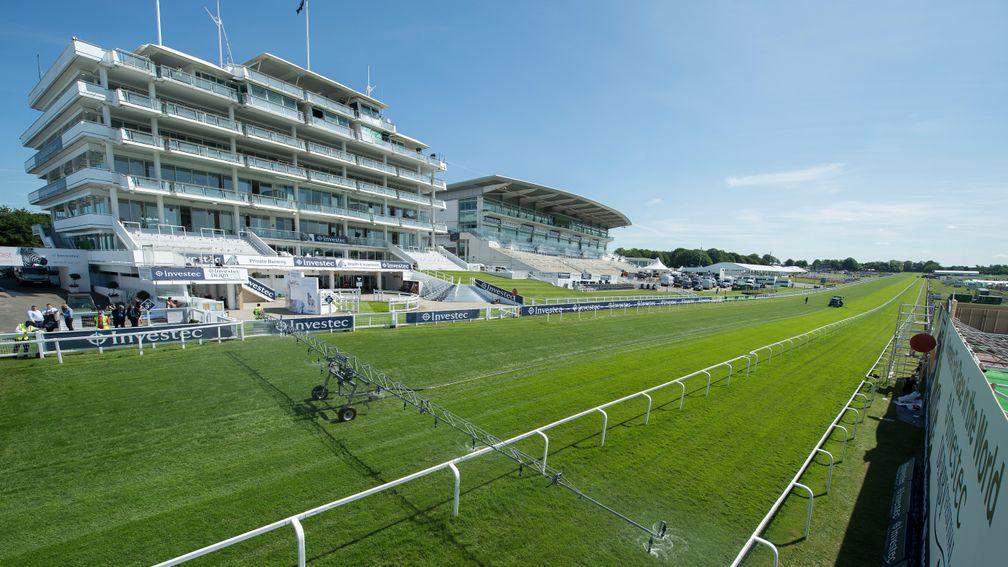BHA announces age-based alterations to Flat penalty structure

The BHA on Thursday announced a number of changes suggested by their handicap review, with age-based alterations to the Flat penalty structure to be implemented next season.
Penalties for handicap winners aged two and three will be 6lb, those aged four to six will be 5lb and those aged seven above will be 4lb.
The approach was developed using detailed data analysis, including the average ratings rise of horses winning handicaps, and was approved by the industry’s Racing Group.
A number of suggestions made by the review, conducted by television presenter Lydia Hislop, have been implemented, including the hiring of James Willoughby as a data analyst to help promote a more data-driven approach to handicapping practices.
The BHA also introduced an online independent Handicapping Appeals Panel, which comes into force on Monday 8 and includes: Justin Brandon, Rachel Candelora, Graham Dench, Adrian Grazebrook, Simon Holt, Simon Mapletoft, Steve Mellish, Keith Melrose, Maddy Playle, Clive Reams, Simon Rowlands, Vanessa Ryle, Stephen Smith and Timothy Steele.
Richard Wayman, COO of the BHA, said: "A key consideration, and an area that arguably has not been looked at closely enough in the past, is the impact of handicapping on the sport’s wider objectives for growth, particularly in relation to racehorse ownership.
"Although there is only usually going to be one victorious owner after each handicap race, we need to better understand if there are any elements of handicapping that particularly frustrate owners and, in some cases, results in them turning away from the sport."
Incentives for classy mares
Jump racing's drive to attract quality fillies and mares to enjoy a long racing career over hurdles and fences are behind most of this season's changes to some top-quality races, announced on Wednesday.
There is a new Listed juvenile hurdle at Doncaster in January and a similar race at Cheltenham in April has been raised to Grade 3 status.
Dan Skelton, who trained Stylish Dancer to win the Cheltenham race earlier this year, said: "It has the potential to become a really competitive contest. Giving the race black type status is definitely a step in the right direction and it gives the best horses in their age group a chance to compete for it, which is exactly as it should be."
Watch Stylish Dancer win at Cheltenham
Exeter has a new Listed 3m mares' chase at its February 10 meeting while the EBF/TBA mares' finals of the bumper series (at Sandown in March), novice hurdle series (Newbury in March) and novice chase series at Cheltenham in April have had their conditions to include having to finish in the first six in the chase or the first eight in one of the qualifiers.
BHA director Ruth Quinn said: "The upgrades and changes announced today for the 2018/19 season show ongoing progress in the work to develop the population of jumping mares. This remains a long-term BHA project."
The jump pattern committee acknowledge they are putting the cart before the horse in providing a new race for juvenile hurdling fillies given the population currently produced but hoped the new incentives would lead to a bigger pool.
Elsewhere the Elite Hurdle has taken a long and winding road since its inception at Cheltenham 26 years ago and the some-time Champion Hurdle trial is getting its mojo back.
The committee has given up on the Grade 2's limited handicap conditions and reverts to its former self with a weight-for-age scale for the race which features four-year-olds and upwards on November 10 this year.
Members can read the latest exclusive interviews, news analysis and comment available from 6pm daily on racingpost.com
Published on 4 October 2018inNews
Last updated 18:25, 4 October 2018
- The latest edition of the Racing Post is available to read online now - here's how you can access it
- How Smart View recorded a 76 per cent profit at the Cheltenham Festival
- Smart View is available on the Racing Post app - how to read the revolutionary new racecard
- Levy reform talks 'accelerating' as clock ticks down to April deadline for agreement
- Kieran Shoemark lands another plum Meydan ride for Gosden stable on Trawlerman in Saturday's Dubai Gold Cup
- The latest edition of the Racing Post is available to read online now - here's how you can access it
- How Smart View recorded a 76 per cent profit at the Cheltenham Festival
- Smart View is available on the Racing Post app - how to read the revolutionary new racecard
- Levy reform talks 'accelerating' as clock ticks down to April deadline for agreement
- Kieran Shoemark lands another plum Meydan ride for Gosden stable on Trawlerman in Saturday's Dubai Gold Cup